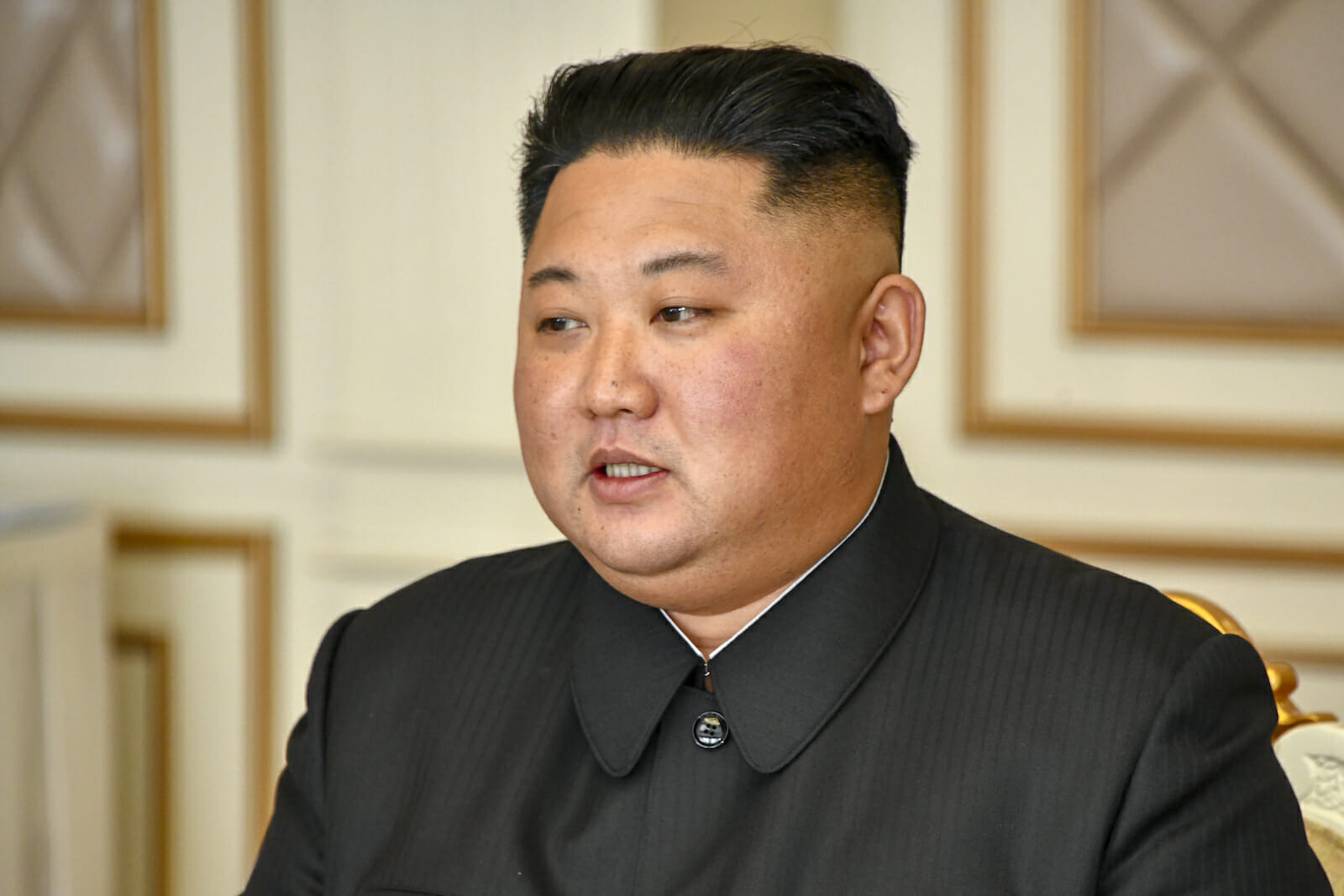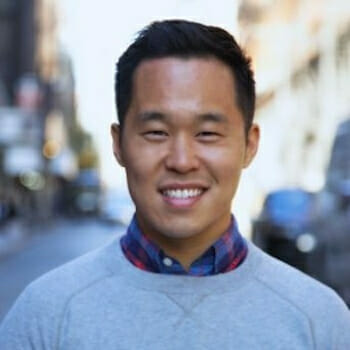
North Korea’s Show of Stability
There’s been much talk about how North Korea has arrived at a turning point in its history. However, Pyongyang’s behavior before and after the official announcement of the death of its “Beloved Leader,” Kim Jong-Il, indicates that change may not come as quickly as many may hope.
If there’s one thing Pyongyang has managed to handle well in the aftermath of the death of its nation’s strongman is keeping a secret. Kim Jong-Il passed away on Saturday December 17th and for nearly two days until the official announcement on December 19th, the North Korean military and political elite kept a secret for what could be a catalyst for monumental changes within North Korea and for the entire East Asia region. Externally, the death of North Korea’s strongman jolted Asia’s stock markets while Japanese and South Korean political and military leaders assembled in emergency national security meetings to assess possible threats and future actions.
However for a country, whose national and political center revolved around a single individual, Pyongyang has remained relatively tight lipped and stable.
The expected procedures after the death of the leader were quickly underway just as they had been after the 1994 death of Kim Il-sung. A state funeral and public displays of mourning have been arranged. The DPRK media has all but affirmed the succession of Kim Jong-Il’s son, Kim Jong-Un, as the next leader of the country.
And despite what appears to be the loss of a deity and a near cataclysmic event, the North Korean state appears remarkably unfazed.
The state controlled media has continued to report on the regular government activities and even a purportedly routine missile test was conducted on the day Kim’s death was announced. No signs of internal strife or instability have yet to be reported.
Major international projects, such as the construction of the Russian pipeline and railroad through North Korea have been reported to remain on schedule. Meanwhile, Beijing has officially recognized the Kim Jong-Un as the DPRK’s official leader, a major endorsement of support and stability for the patron North Korean state. While many commentators in the West have dubbed the death of Kim Jong-Il as a watershed event for North Korea, as either a potential for major political and economic change or the beginning of an inevitable collapse, Pyongyang has managed to successfully project internal stability and continuity.
A Young Leader Amongst Old Cadres
The following weeks will show whether the political elite will be able to run the state and behave themselves in the wake of the political vacuum left by the larger-than-life Kim Jong-Il. Though crowned as the next leader and “Great Successor” of North Korea, Kim Jong-Un’s accession to the throne is uncertain at best and his arrival is markedly different compared to his father’s.
Though born in Russia, Kim Jong-Il was educated and lived most of his adult life in North Korea. With the support of his father he entered North Korean politics and spent decades proving his mettle and vying with competing factions, eventually becoming the nation’s supreme leader. However, much of Kim Jong-Un’s life was outside of North Korea. He went to school in Switzerland and was officially introduced to North Korean politics just a year and a half ago.
Though named a five star general and a member of the all power National Defense Commission, Kim Jong-Un remains inexperienced and surrounded by military and political figures whose generations date as far back as his grandfather. Furthermore, internal fighting and rivalry are commonly reported amongst the North Korean elite.
Like his father, Kim Jong-Un would need to navigate himself amongst various interests. Most notable of such rivaling factions is Jang Sung-taek, Kim Jong-Il’s brother-in-law, and his wife Kim Kyong-hui. Jang is an established figure in North Korean politics and military, currently leading many of the regime’s foreign investment projects, most notable the Taepung investment Group. For a cash-strapped economy, the ability for Jang to attract foreign investments has accrued him more influence in recent years.
In September of 2010, his wife, Kim Kyong-hui and Kim Jong-Un were simultaneously elevated to the status of general in the Korean People’s Army. This move was widely seen as Kim Jong-Il’s effort to set his sister and brother-in-law as caretakers of the throne for the young Kim Jong-Un. However, cracks have begun to appear in Kim Jong-Il’s hastily planned succession. Earlier this year in January, the North Korean State Security Department conducted mass arrests and executions of high-level officials close to Jang under the order of Kim Jong-Un, in what many perceive as a show of strength against the old guard political elites.
Also subject to Kim Jong-Un’s mass arrests were the allies of General O Kuk-ryol, another influential senior of the military and political elite and a member of the National Defense Commission. General O is also involved heavily with foreign investment projects, having established the Korean International Trading Corporation in 2009. General O and Jang have been noted as rivals, as both compete for foreign investments and cash influence. And so, despite what seems like the stage setting of Machiavellian power struggle, the Pyongyang elites in the past few days seem to be proving otherwise.
Maintaining a Show of Stability
Whether it be Kim Jong-Un, Jang Sung-taek, or any other figure at the helm of North Korean government, it would be hard to expect any radical change in coming days or months. A public display of disorder within Pyongyang would only weaken rival participants. Furthermore, it would destabilize the country, which already suffers from a failed economy and a demographic crisis of outflowing refugees. However, probably the largest fear of any political echelon is that instability within Pyongyang would be an open invitation for foreign intervention. Especially for a country with nuclear capabilities, it would be disastrous for the ruling military elite if the outside world began to question the security of its nuclear weapons.
And so while today the images of Kim Jong-Il’s funeral flow out of the North Korean press, tomorrow the regime may just very well continue on with its normal course of state affairs. Major change or dramatic moves in Pyongyang may not be likely until a system of power and command is finally settled. When and if that has already happened is anyone’s guess but in the coming months it may just be business as usual.

